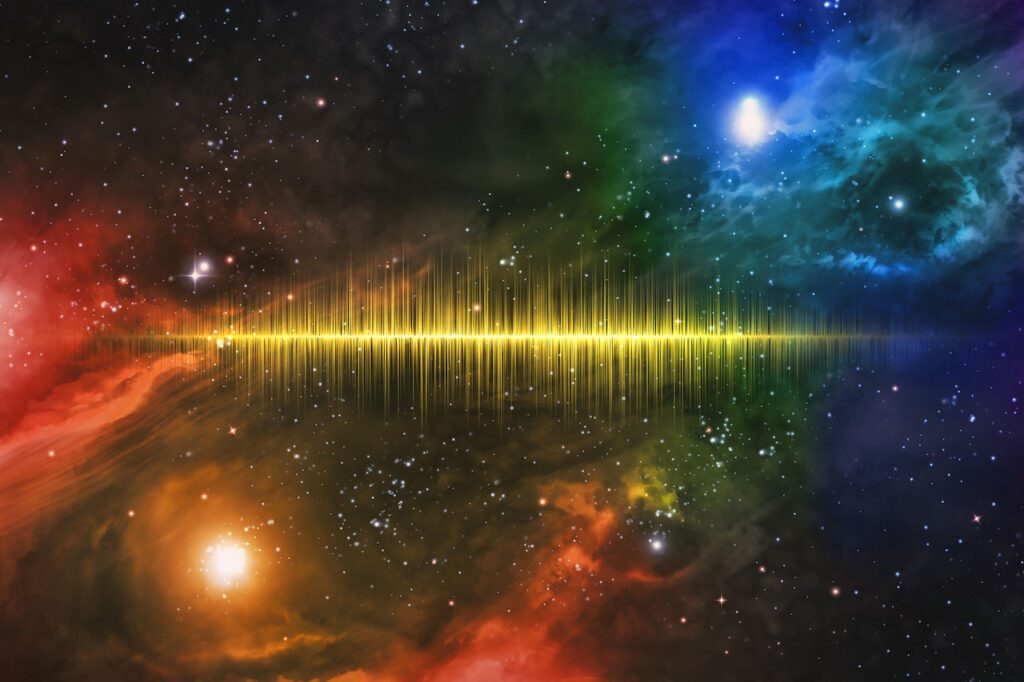- Web Desk
- Yesterday
NASA unveils eerie sound recordings from Solar System
-
- Hum News
- Nov 02, 2023

WASHINGTON: NASA has just released eerie sound recordings on its website from our Solar System, showcasing the captivating symphony that exists in the seemingly silent void of space.
According to Science Alert, these sounds originate from plasma waves enveloping celestial bodies, where electrons spiral along magnetic field lines. When translated into audible frequencies, these waves unveil the mysterious calls and cries of the cosmos.
Each celestial entity within the Solar System has its distinct soundscape. For instance, if space allowed sound to travel, the Sun’s surface, with its tumultuous convection cells dwarfing the state of Texas, would emit a constant, deafening roar at 100 decibels.
The exploration of space sounds began in 1932 when astronomer Karl Guthe Jansky recorded the persistent background hiss from the heart of the Milky Way galaxy using his innovative radio telescope, famously known as “Jansky’s Merry-Go-Round.”
Read More: Apple’s bid denied: lawsuit over faulty iPhone batteries moves forward
With the advent of space probes, scientists collected more data, including information from instruments aboard these spacecraft, capable of capturing various forms of electromagnetic waves and plasma wave data from the dynamic environments surrounding the Solar System’s planets.
Although radio waves aren’t sound themselves, they can encode sound data, which, when received, can be converted back into audible sounds. This technology, akin to the functioning of mobile phones, is well-established and has even enabled us to translate radio waves from Earth into spoken words that have reached the far reaches of space.
Meanwhile, plasma waves surrounding planets produce intriguing chirps and whistles referred to as a “chorus.” Earth’s chorus resonates with sounds resembling birds or whales, while Saturn’s complex system of moons and rings evokes an eerie sci-fi movie soundtrack from the 1950s.
Even Jupiter’s moons have their own distinctive sound profiles. Europa and Ganymede emanate plasma sounds reminiscent of robotic blips and bleeps. Jupiter’s ultraviolet aurorae offer a breathtaking auditory experience.
Despite its limited magnetic field, Mars has provided recordings of its winds, thanks to the InSight lander and the Perseverance rover. These haunting sounds capture the lonely winds as dust devils dance across the Martian terrain.
The allure of space sounds extends beyond the Solar System. The vast and enigmatic cosmos presents opportunities to convert light into sound, unveiling concealed details. For example, we can listen to the mesmerizing hum of a supermassive black hole located 250 million light-years away.





